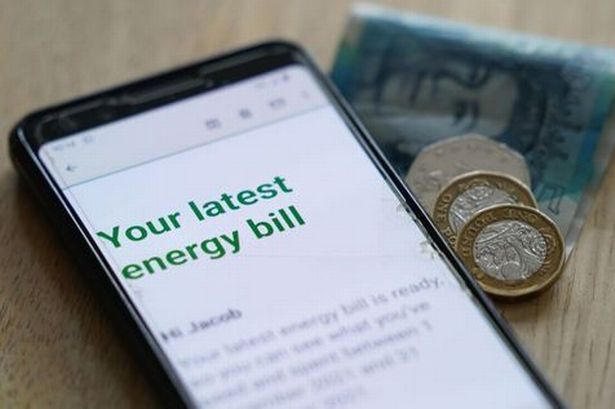The gap in the inflation experienced by the richest and poorest tenth of households grew to 1.5 percentage points in April – the largest gap since records began in 2006 – illustrating why low-income families are at the heart of the UK’s cost of living crisis.
The new analysis comes off the back of the latest official inflation data, which showed that inflation surged to 9 per cent last month – its highest level in 40 years.
The recent surge was driven by rising household energy bills, with the energy price cap increasing by £693 (54 per cent) for the typical family in April, and food prices, which rose by 6.7 per cent (the highest level since 2011).
The Foundation’s analysis shows that headline inflation for the poorest tenth of households has now hit double digits at 10.2 per cent, significantly higher than the (still high) 8.7 per cent inflation rate experienced by the richest tenth of households. This is because lower income households spend a greater share of their family budgets on energy bills where prices are rising sharply.
The 1.5 percentage point gap between the cost-of-living pressures faced by the poorest households compared to the richest households is the highest on record – beating the cost-of-living gap of the early 2010s when the UK last experienced significant food price inflation.
The cost of living gap between the richest and poorest fifth of households is lower – but still significant – at 1.0 percentage points.
There have been periods of ‘progressive’ inflation, when it has been higher for better-off households, for example during the pandemic. But these periods have generally been less severe than periods of regressive inflation, such as those that marked much of the 2010s as well as today.
The Foundation says that while all households are feeling the effects of high inflation – according to the Bank of England’s latest forecast, this year we are set for the second biggest fall in average household disposable incomes since the mid-1960s – this cost-of-living gap shows that lower-income families are at the sharp end of the crisis. This, it says, should frame how the Government prioritises further support.
The Foundation notes that the best targeted support for millions of low-and-million income households would come through the benefits system. This can be done via a further uprating of Universal Credit, legacy benefits (such as Employment and Support Allowance) and the State Pension (or via Winter Fuel Payments should a mid-year uprating of the State Pension prove logistically challenging).
It adds that a massively expanded and taxpater-funded Warm Homes Discount could provide an alternative route to providing support.
Jack Leslie, Senior Economist at the Resolution Foundation, said:
“Everyone is feeling the effects of the cost of living crisis, which is fuelled by the highest inflation in 40 years. With rapidly rising food prices and soaring energy bills driving the recent inflation surge, low-income families are at the sharp end of this squeeze.
“In fact, the cost of living gap between rich and poor households is at its highest level since comparable records began.
“As the Government prepares a fresh round of cost-of-living support, it is clear where it’s needed most. The Chancellor should prioritise significant targeted support at low-and-middle-income households. Doing so swiftly in the months ahead will be logistically challenging, but it can be done – whether through the benefits system or a heavily reformed Warm Homes Discount scheme.”







